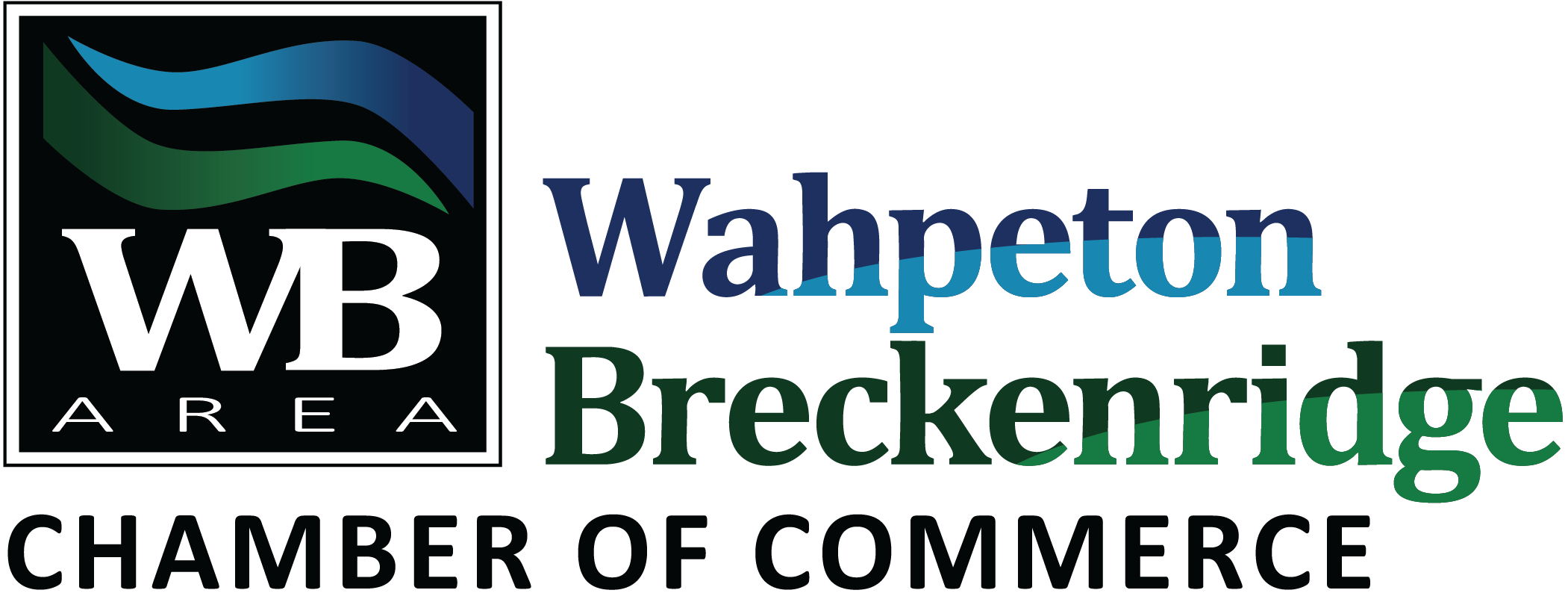Effortless Efficiency: How Small Business Owners Can Simplify Administrative Tasks
Running a small business requires juggling multiple responsibilities, and administrative tasks often consume valuable time that could be spent on growth and innovation. From managing paperwork to handling communication, these routine duties can become overwhelming if not streamlined properly. However, by adopting strategic approaches and leveraging modern tools, you can simplify administrative tasks, improve efficiency, and focus on the bigger picture. Here are some practical ways to cut down the clutter and make daily operations smoother.
Automate Repetitive Processes
One of the easiest ways to reduce administrative workload is by automating repetitive tasks. Tools like invoicing software, customer relationship management (CRM) systems, and payroll automation can handle routine processes with minimal manual input. Instead of spending hours generating invoices or following up on payments, automation ensures everything runs seamlessly in the background. This saves time and minimizes human error, improving accuracy and reliability in business operations.
Embrace Cloud-Based Document Solutions
Physical paperwork and outdated storage systems can slow down productivity and create unnecessary confusion. Moving to cloud-based solutions allows you to access documents, collaborate with your team, and manage data from anywhere. Platforms like Google Drive, Dropbox, and Microsoft OneDrive provide secure storage and easy sharing capabilities, eliminating the hassle of sorting through piles of files. Cloud solutions also enhance security by reducing the risk of data loss due to hardware failures or misplaced documents.
Optimize Document Security
Efficient document management is essential for maintaining smooth business operations, and secure file storage plays a key role in protecting sensitive information. However, overly restrictive password protections on PDFs can create unnecessary workflow bottlenecks, making it difficult for authorized team members to access critical files when needed. Understanding how a PDF password remover works can help streamline document handling by allowing users to unlock protected files quickly without compromising security.
Outsource Non-Essential Tasks
As a small business owner, it’s tempting to handle everything yourself, but outsourcing certain administrative tasks can free up valuable time. Virtual assistants, freelance bookkeepers, and outsourced HR services can efficiently manage tasks like appointment scheduling, payroll, and data entry. Delegating these responsibilities to professionals ensures accuracy and allows you to focus on strategic decision-making rather than getting caught up in routine details.
Implement a Centralized Communication System
Poor communication can lead to wasted time, missed deadlines, and unnecessary back-and-forth between team members or clients. A centralized communication platform like Slack, Microsoft Teams, or Asana helps streamline conversations, assign tasks, and keep track of important updates. Instead of juggling multiple emails and text messages, having a single place for communication fosters clarity and prevents critical information from slipping through the cracks.
Establish Standard Operating Procedures (SOPs)
Inconsistent workflows often lead to inefficiencies and confusion, especially as your business grows. Documenting standard operating procedures (SOPs) for recurring tasks ensures that processes remain consistent and employees understand their responsibilities. Whether it's onboarding a new team member or managing customer inquiries, having a clear set of guidelines eliminates guesswork and speeds up task execution. SOPs also make it easier to train new employees, reducing the learning curve and improving overall efficiency.
Use Smart Scheduling Tools
Managing appointments, meetings, and deadlines manually can quickly become chaotic. Scheduling tools like Calendly, Planable, or Google Calendar help automate appointment bookings and reduce scheduling conflicts. These platforms allow clients, team members, and vendors to book time slots based on your availability, eliminating the need for endless back-and-forth emails. Smart scheduling ensures you stay organized, meet deadlines, and maintain a structured workflow without unnecessary distractions.
Leverage Accounting and Expense Management Software
Tracking finances manually is time-consuming and prone to errors, making it one of the most critical areas to streamline. Cloud-based accounting software like QuickBooks, FreshBooks, or Wave simplifies bookkeeping, tax filing, and expense tracking. Automated expense categorization, real-time financial reports, and integration with bank accounts make managing cash flow effortless. By eliminating manual data entry and simplifying financial oversight, you can ensure better decision-making and avoid costly financial mistakes.
Simplifying administrative tasks doesn’t mean cutting corners—it means working smarter so you can focus on growth and innovation. The right strategies and tools allow you to streamline workflows, improve communication, and maintain organization, ultimately paving the way for long-term success. As a small business owner, your time is valuable, and by optimizing administrative processes, you can invest that time where it truly matters—building and expanding your business.

